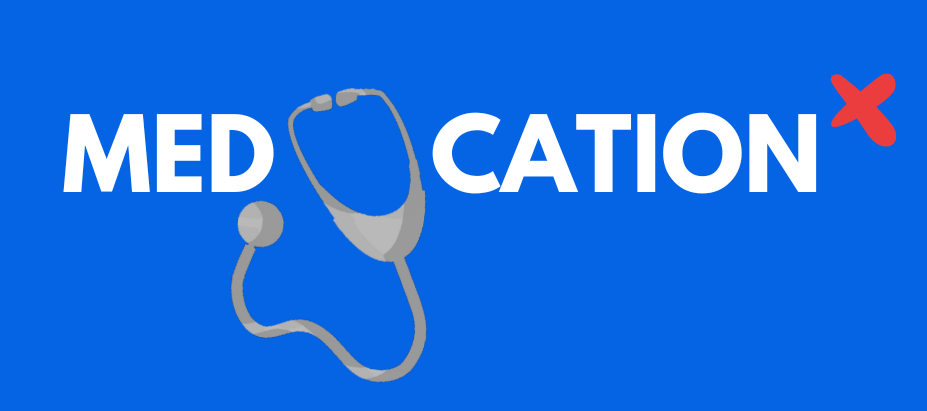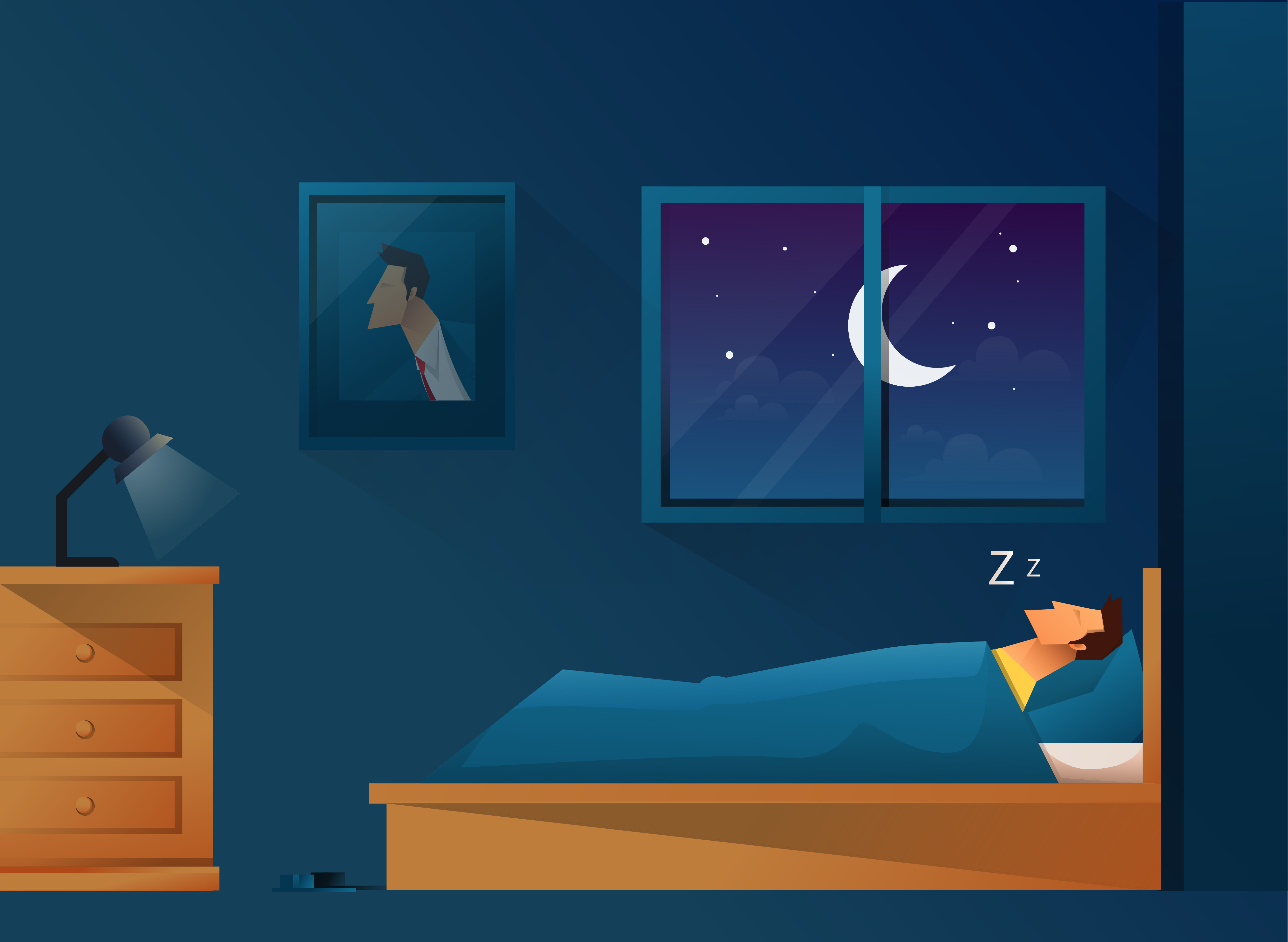Consciousness & Sleep
Consciousness is like the VIP backstage section of your brain’s concert — it's where all the action happens. Consciousness describes the realm of being and existing with your thoughts in your own mind. This can be tiring, which is when you decide you want to relax. Here comes the realm of sleep. Sleep is like a brief vacation, which leaves your body fresh and recharged to tackle a new day!
Consciousness
Consciousness being aware of oneself and their internal state as well as the environment around them. This allows people to process and interpret information gained through the senses, in which the consciousness acts as a filter that sorts through what information needs to be absorbed. Consciousness plays a vital role in how we maintain ourselves and respond to the things going on around us. There are many different types of psychologists that work with consciousness. We can deal with streams of consciousness or refer to consciousness and a mental reality.
Unconsciousness
Unconsciousness is an automatic process that we have barely any control over. It’s simply there, and it guides us. It impacts our thoughts, feelings, behaviors, and dreams. For example, we can’t control the beating of our heart, but we can raise the heart beat if we run.
The Preconscious Level
The preconscious level is essentially a storage unit for the conscious mind. The conscious mind can retrieve information from this level at almost any given time. Therefore, this is also where lots of automatic behaviors and processes are stored. Within this level, there are things which can be retrieved by the conscious mind at almost any time. For example, the preconscious level can remember the directions to a place an individual frequently visits. RIding a bicycle is something that comes as secondhand nature once it is learned. Hence it is stored in the preconscious level.
Alertness
Alertness is within consciousness, and it describes us paying attention to our surroundings. People can often take this for granted, but alertness in fact is responsible for our attention spans and our survival. It is extremely important to be aware and alert of the surroundings. Alertness can be hindered due to damages like head injuries, toxics, or disorders like depression. Regardless, a person’s alertness cycle changes throughout the day. Alertness is controlled by structures in the brainstem: Reticular Formation/Reticular Activating System [RAS].
Sleep
Sleep can be described as the consciousness in a different state, but it is still something that we cannot understand fully. However, we are aware that sleep is connected with neurochemicals like melatonin. These neurochemicals are correlated with sleep, but it’s unsure whether they are a definitive cause; we have correlation but not causation.
People can survive without sleep for 24 to 48 hours without having any symptoms other than being tired. One sleep cycle is 24 hours, so this means people can be fine without 2 cycles of sleep. However, within the third cycle, people may start to hallucinate and have delusions. On the fourth cycle of sleep deprivation, people may become paranoid and experience other psychological disturbances. All these issues will go away once the individual falls asleep again.
Sleep can be divided into stages based on brain wave patterns (measured with an EEG). There are four different types of brain waves for sleep. Beta waves are seen when we are awake. Alpha waves are seen when we are awake but in a very relaxed state of mind. Theta waves occur when we are starting to fall asleep or lightly sleeping. Finally, delta waves occur when we are in deep sleep. There are 5 stages of sleep. Stage 1 uses theta and alpha waves to get a person to start drifting to sleep. Stage 2 consists of a pattern of waves called sleep spindles, and these are essentially bigger and slower waves that indicate an individual is getting more comfortable in sleep. Stage 3 and 4 are mainly delta waves, with stage 3 having less delta waves and stage 4 having more delta waves. Stage 5, known as REM Sleep, is when we start dreaming.
Circadian Rhythm
Circadian rhythm can be described as the usage of multiple physiological markers to follow a 24 hour morning to night pattern. For example, an individual’s body temperature rises as morning approaches and cools down in the early afternoon with a drop in temperature at night. Although our day is set on a scale of 24 hours, most of our circadian rhythms (not including clocks, sunlight, and screens) follow a 25-hour rhythm, which is called free-running rhythm.
Sleep Disorders
Dyssomnias are abnormalities in quantity, quality, and timing of sleep. There are many different dyssomnias that the general population is well aware of. Insomnia is the inability to fall asleep. It can be caused by stress, or stimulants like caffeine. This is ironic because many people drink coffee to suppress their stress, when in fact both work together to create insomnia. is the inability to fall/remain asleep. Narcolepsy is the inability to stay awake. People with narcolepsy tend to sleep often throughout the day. They need to be monitored, as it can be dangerous to daily activities like driving. Sleep Apnea is a disorder in which people stop breathing when they fall asleep. This can possibly be linked to SIDS (Sudden Infant Death Syndrome). Parasomnias are differentiation of movement when someone is in deep sleep. It includes sleepwalking, night terrors, bedwetting, and other abnormal events. Hypnosis is another state of consciousness, where a person under a “spell” is very calm and relaxed, which is why they are usually willing to listen to whatever their hypnotist says. People under hypnosis can be convinced to see false things and experience things that they have never experienced before. Usually, people who have been hypnotized do not recall the events that occur during the period of hypnosis, but there are many different theories as to what happens in the brain when a person is hypnotized.

